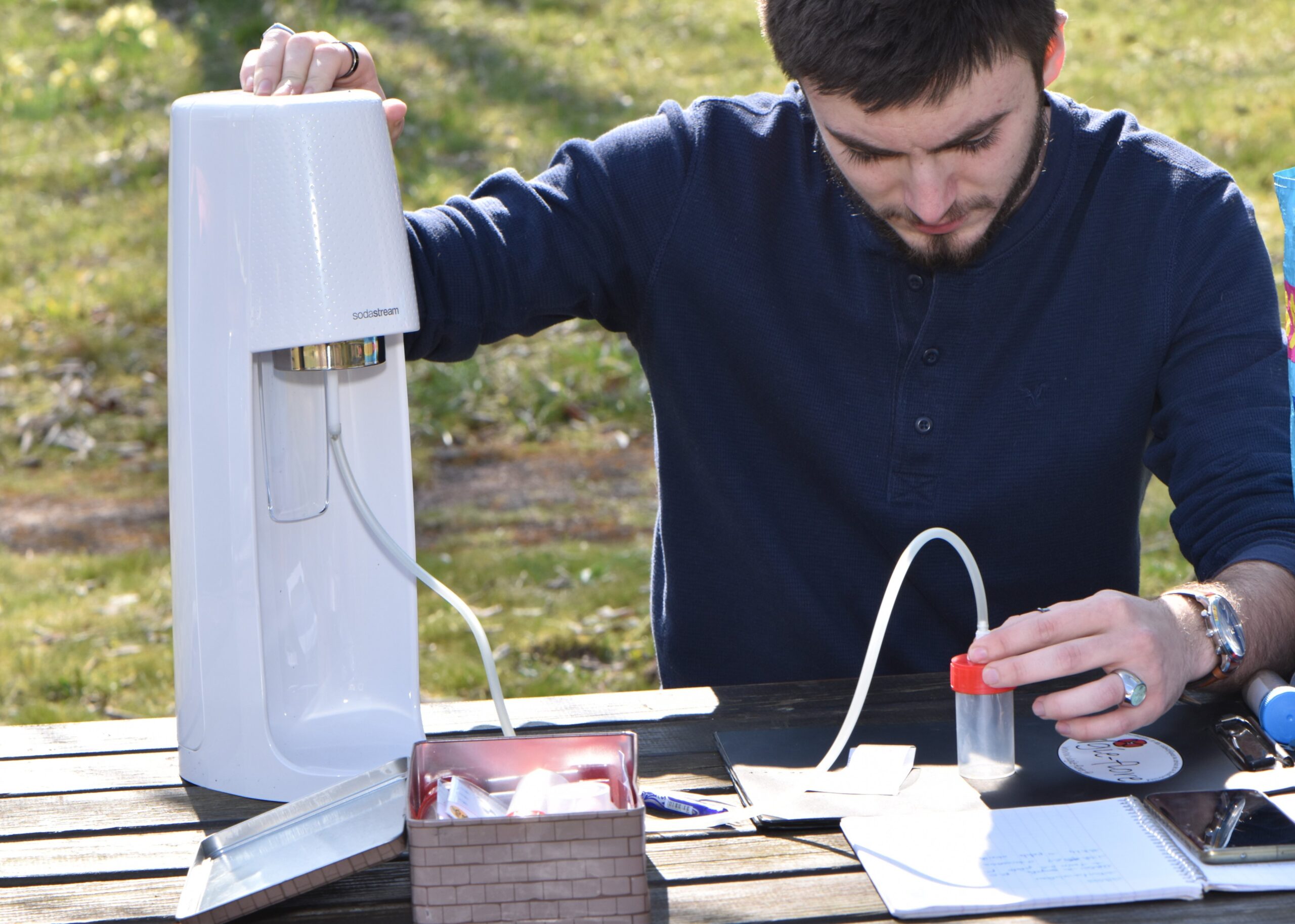Species identification is currently a strong limitation to wild pollinator studies. It requires killing specimens for laboratory analyses, which can pose ethical issues in some programs of conservation biology and citizen science. The recent development of image-based identification tools using machine learning could challenge the current paradigm of required specimen euthanasia for species identification. However, to be accurate, these new methods call for standardized images or images of precise characters that are difficult or even impossible to obtain on live specimens. To facilitate the acquisition of these pictures, we tested two in-situ CO2 anesthesia protocols using material easily available, even in citizen science programs. We measured the time of anesthesia of 196 flower visitors belonging to the Hymenoptera and Diptera orders. The most efficient protocol enabled us to anesthetize 90 % of the specimens for more than a minute with a marginal mortality (1.5 %). Anesthesia time increased with specimen size in Hymenoptera and decreased with air temperature. Diptera were less sensitive to anesthesia. Further analyses would be required to investigate the potential sublethal effects of these anesthesia. These preliminary results suggest nonetheless that CO2-based anesthesia could help the development of non-lethal methods of wild pollinator identifications.

Publication :
M.Toulzac , M. Methoulthi & A. Perrard (2022). Soda maker for field anesthesia as a step towards a nonlethal identification of wild bees and other flower visitors. Osmia, 10: 25-34. https://doi.org/10.47446/OSMIA10.3






